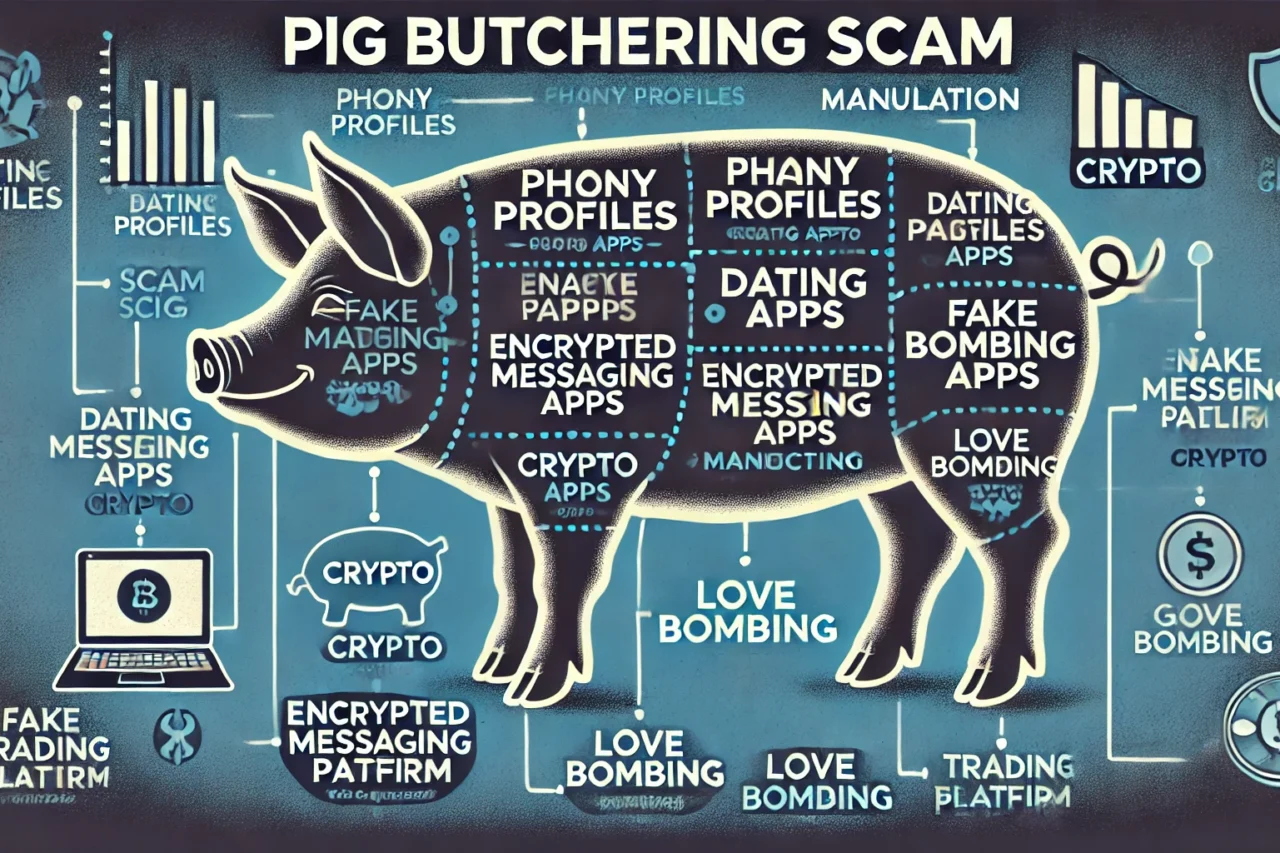Cyber Security Education for Developers: Best Practices and Tools for Building Secure Applications
June 27, 2023, 4 min read
With digital technology’s prevalence, cyber security is crucial for individuals and enterprises. Increased cyber activity demands secure apps for data and system protection. As a developer, it’s essential to be aware of threats and effective safeguards. This blog post covers common risks, best practices, tools, and education for secure application development.
Common Cyber Security Risks and Threats in Application Development
The type of application being built can significantly affect the risks and hazards associated with cyber security. Nevertheless, the following are some examples of prevalent hazards and threats that developers need to be aware of:
Injection attacks
Attackers initiate these attacks by sending malicious code to an application, which the application’s database then executes.. Injection attacks can lead to data theft, unauthorized access to sensitive information, and even system crashes.
Cross-site scripting (XSS)
XSS attacks occur when an attacker injects malicious code into a web page viewed by users. This code can steal sensitive information, hijack user accounts, and redirect users to malicious websites.
Cross-site request forgery (CSRF)
CSRF attacks occur when an attacker tricks a user into acting on a web page that the user did not intend to perform. This can lead to unauthorized transactions and data theft.
Malware
Malware can be embedded in applications and can cause a range of damage, including data theft, system crashes, and unauthorized access to systems.
Denial of Service (DoS)
DoS attacks occur when an attacker overwhelms an application with traffic, rendering it unusable. This can cause significant financial losses and damage to an organization’s reputation.
Best Practices and Tools for Building Secure Applications
Application developers need to adhere to best practices and make use of tools that can assist in identifying and preventing cyber security risks and threats to build secure applications. The following is a list of some of the best practices and tools that developers can use:
- Developers should ensure that they are using secure coding practices to protect themselves from potential cyber security risks and threats. This involves not utilizing hard-coded passwords, making use of robust encryption technologies, and checking the data that is input.
- Scanners for vulnerabilities: Software developers should make use of tools for vulnerability scanning to locate security flaws in their programs. These technologies can assist in identifying potential dangers and threats before anyone utilizes them.
- Testing for penetration: Penetration testing involves simulating a cyber attack on an application to identify vulnerabilities that attackers can exploit. Developers can find this helpful in identifying and fixing vulnerabilities in their programs before exploitation occurs. Pen testing, also known as penetration testing, plays a crucial role in this process.
- Reviews of the source code are a crucial component in the process of developing safe apps. Developers need to look through each other’s work to check that the code is secure and does not include any vulnerabilities.
- Frameworks that are secure Developers should utilize frameworks that are secure such as Spring Security,.NET, or Django because these frameworks already have security measures built in.
- Two-factor authentication: Two-factor authentication can give applications an additional layer of security by forcing users to submit an additional form of authentication, such as a password and a fingerprint. For example, a user might be required to provide both types of authentication to access an application.
- Encryption: To safeguard sensitive information, developers should implement robust encryption techniques. This comprises the utilization of HTTPS to encrypt data while it is in transit and the utilization of encryption technologies such as bcrypt to encrypt data while it is at rest.
Best Practices for Cyber Security Education for Developers
Application developers require a solid awareness of both the potential dangers of cyberspace and the most effective ways to protect themselves before they can construct safe applications. The following are some best practices for the education of developers about cyber security:
- Continuing education and training: Because the dangers and hazards associated with cyber security are always growing, software developers need to obtain ongoing training to stay current on the most recent threats and best practices. This may involve engaging in activities such as going to conferences, taking relevant classes online, or reading relevant publications.
- Developers should be allowed to learn by doing, and they should be encouraged to do so. Participation in hackathons or coding competitions with an emphasis on security are examples of this type of activity. These exercises can assist developers in gaining a better understanding of the thought process of attackers and locating potential vulnerabilities inside their apps.
- The education of cyber security should not be limited to individual developers; rather, it should encourage collaboration. It is possible to more effectively detect and address potential vulnerabilities by encouraging cooperation between developers, security specialists, and other stakeholders.
- Developers need access to secure app resources like documentation, code libraries, and tools. These resources can help them design secure applications. Additionally, organizations should offer regular updates on any new vulnerabilities or risks to information security.
- Establishing a culture of security should be a priority for all employees, not just those working in the information technology department. Organizations should foster a culture of security by regularly training staff, establishing security rules, and incentivizing employees who follow secure coding practices.
- Maintain an up-to-date knowledge of laws: Developers need to maintain an up-to-date knowledge of regulations such as GDPR, HIPAA, and PCI DSS. These rules compel organizations to take particular precautions to safeguard user data. Bringing an organization into compliance with these standards can help it avoid both financial penalties and damage to its reputation.
Conclusion
Developers play a vital role in building secure apps to protect data and systems. Cybersecurity is crucial for individuals and businesses, and developers are key. They need awareness of online dangers and necessary precautions. Following best practices like secure coding, vulnerability scans, and code reviews enhances app security. Continuous education, hands-on experience, collaboration, and access to resources are essential for cyber security learning. By adopting these practices, organizations create secure applications, safeguard data, and maintain their reputation.




























